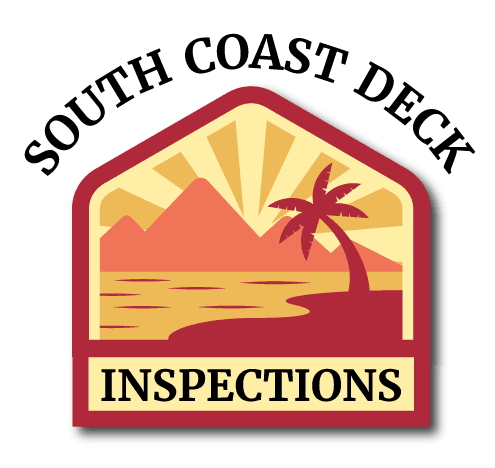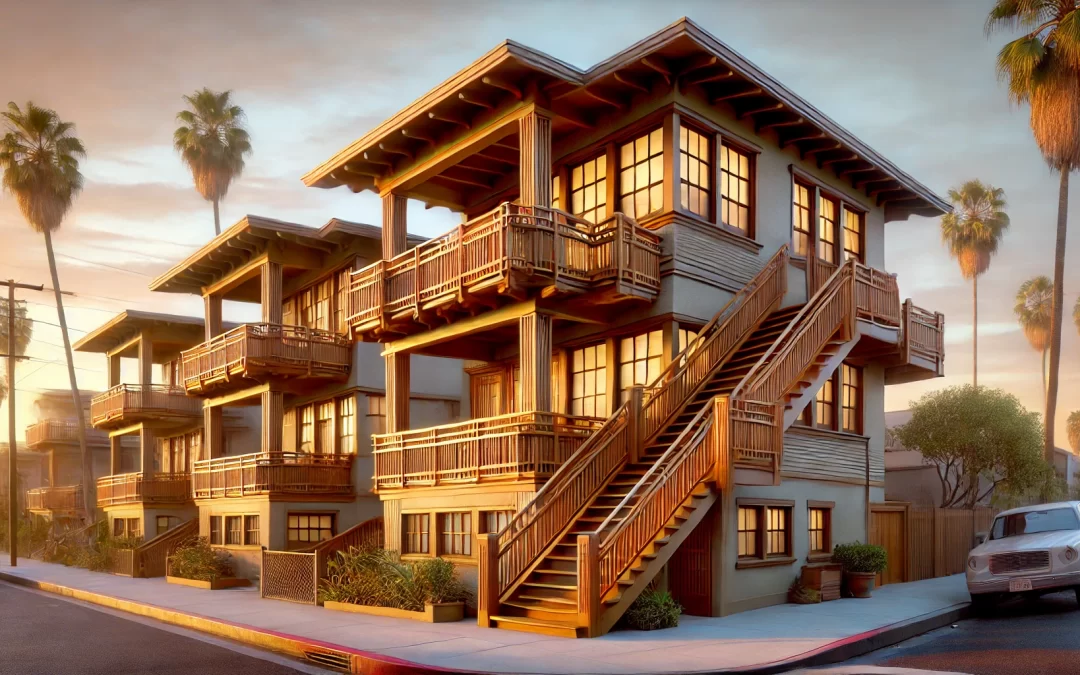Weatherproofing and Inspecting Exterior Elevated Elements in San Bernardino County: Essential Practices for Property Managers
In San Bernardino County, California, maintaining the safety and longevity of exterior elevated elements—such as balconies, decks, and staircases—is critical. These structures are exposed to various weather conditions, which can significantly impact their integrity and safety. Regular weatherproofing and inspections are essential for preserving these elements, ensuring resident safety, and protecting property value.
The Importance of Weatherproofing
Exterior elevated elements face unique challenges due to their exposure to the elements. San Bernardino County’s climate, characterized by hot, dry summers and occasional heavy rains, can take a toll on these structures. Effective weatherproofing is crucial to:
Prevent Moisture Damage: Water infiltration can lead to wood rot, corrosion of metal components, and deterioration of structural materials. Proper weatherproofing helps to shield these elements from moisture, extending their lifespan and maintaining structural integrity.
Reduce Temperature Fluctuation Effects: Extreme temperature changes can cause materials to expand and contract, leading to warping, cracking, and weakened connections. Weatherproofing materials and techniques help mitigate these effects.
Enhance Safety: Weatherproofed elements are less likely to suffer from issues like slippery surfaces or weakened supports, reducing the risk of accidents and injuries.
Preserve Aesthetic Appeal: Proper maintenance and weatherproofing help maintain the appearance of exterior elevated elements, which can positively impact property value and appeal.
Weatherproofing Best Practices
Use High-Quality Sealants: Apply durable, weather-resistant sealants to all joints, seams, and potential entry points for water. Sealants should be inspected regularly and reapplied as needed to ensure continuous protection.
Select Weather-Resistant Materials: When constructing or renovating exterior elevated elements, choose materials designed to withstand local climate conditions. For example, pressure-treated wood, composite materials, and galvanized metal can offer improved resistance to weather-related damage.
Install Proper Drainage Systems: Ensure that drainage systems are in place to direct water away from elevated surfaces and structural elements. Proper drainage helps prevent water accumulation, which can lead to damage.
Maintain Paint and Coatings: Regularly inspect and maintain protective coatings and paints on exterior elements. Repainting and recoating at recommended intervals can provide an additional layer of protection against weather damage.
The Role of Regular Inspections
Even with effective weatherproofing, regular inspections are crucial to identifying and addressing potential issues before they become significant problems. Here’s why inspections are essential:
Detect Early Signs of Damage: Inspections help identify early signs of wear, rot, or corrosion that weatherproofing alone may not prevent. Early detection allows for timely repairs and minimizes further damage.
Ensure Compliance with Standards: Inspections ensure that exterior elevated elements comply with local building codes and safety standards. This compliance is vital for meeting legal requirements and protecting residents.
Plan for Maintenance and Repairs: Regular inspections provide a detailed assessment of the condition of elevated elements, helping property managers plan for ongoing maintenance and budgeting for repairs.
Improve Safety: By identifying and addressing potential hazards, inspections contribute to the overall safety of residents and visitors, reducing the risk of accidents.
Inspection Best Practices
Engage Qualified Professionals: Hire experienced inspectors who specialize in exterior elevated elements. Their expertise ensures a thorough and accurate assessment.
Conduct Inspections Regularly: Schedule inspections at least annually or more frequently if the structures experience heavy use or harsh weather conditions.
Document Findings and Actions: Keep detailed records of inspection findings, maintenance performed, and repairs made. This documentation is valuable for tracking the condition of the elements and planning future maintenance.
Follow Up on Recommendations: Address any issues identified during inspections promptly. Implementing recommended repairs and maintenance can prevent more severe problems down the line.
Conclusion
In San Bernardino County, the weatherproofing and regular inspection of exterior elevated elements are essential practices for maintaining safety, prolonging the lifespan of these structures, and protecting property value. By implementing effective weatherproofing measures and scheduling regular inspections, property managers can ensure that balconies, decks, and staircases remain safe, functional, and aesthetically pleasing.
For expert advice on weatherproofing or to schedule a professional inspection, contact South Coast Deck Inspections. Investing in these critical maintenance practices today will help safeguard your property and ensure a secure environment for all residents.
Our Inspection Process
Step 1
Initial Assessment
We begin with a thorough evaluation of your elevated wood exterior elements to identify any potential issues.
Step 2
Detailed Inspection
Our certified inspectors conduct a comprehensive inspection to ensure all elements meet SB 326 and SB 721 standards.
Step 3
Certification and Reporting
Upon successful inspection, we provide you with detailed reports and the necessary certifications to confirm compliance.

